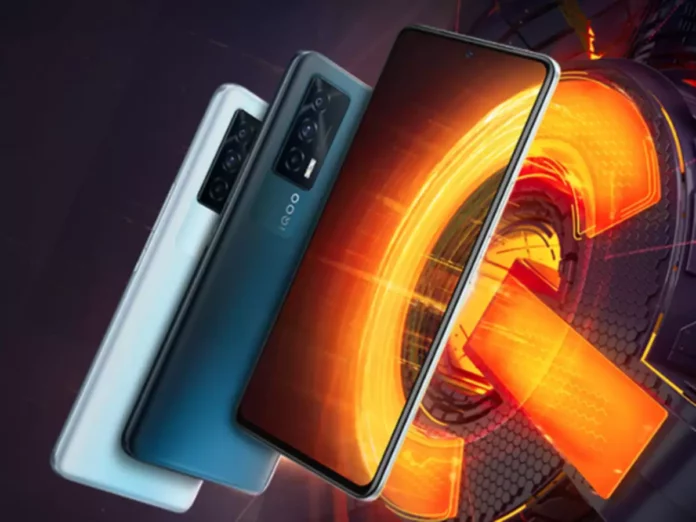The Indian smartphone market is one of the world’s largest. According to Counterpoint Research, India’s smartphone market revenue will surpass $38 billion in 2021, representing a 27 percent year-on-year increase. In India, smartphone penetration is expected to reach 54% by 2020. Despite a slowdown in the global smartphone market due to the pandemic, the year 2021 saw the highest volume of smartphone sales.
However, according to Counterpoint Research, the Indian smartphone market has been plagued by ongoing component shortages, resulting in a 1% YoY decline in smartphone shipments to over 38 million units in Q1 2022.
Sandeep Goyal, MD, Rediffusion, stated, “India will have 1 billion smartphone users by 2026, driven by fiberisation of villages under BharatNet and the imminent launch of 5G.”
According to Lloyd Mathias, Business Strategist, and Marketing Expert, “India is the world’s second-largest smartphone market after China, with an estimated 493 million users.” Xiaomi, Samsung, OnePlus, Realme, Vivo, and OPPO are the market leaders. The Indian smartphone market is expected to be worth $38 billion in 2021, representing a 27 percent increase over 2020, which saw a significant decline due to the pandemic.”
At the same time, he stated, “With the digital economy exploding and India’s data costs among the lowest in the world, smartphone growth will continue for the foreseeable future.” The Tier 2 and Tier 3 markets will drive much of the growth.”
The smartphone market is being driven by a variety of factors. These include rising disposable income, more affordable Internet, the transition from 4G to 5G, and an ever-increasing demand for connectivity. Even though low-end phones account for a significant portion of the market, Korean conglomerate Samsung has decided to stop manufacturing and distributing low-end phones in India. Price is also a major factor in influencing mobile phone purchasing decisions”. In the premium segment, which is above Rs 30,000, Apple’s iPhone leads, closely followed by Samsung.”
The volume contribution of 5G headsets was 12 percent in 2021, and the volume of 5G handsets is expected to exceed 40 percent in 2022.
“5G will only be a growth driver in the premium segment.” However, given the upcoming 5G auctions in July, it will be a heavily publicized feature that could become a significant growth driver for the affordable-premium and premium segments. “The big opportunities may come from Tier 2 markets and phones with specialized usage for specific segments, such as students,” Llyod Mathias said.
According to Sandeep Goyal, “5G will drive fintech, e-commerce, e-health, and e-learning.” This will significantly increase smartphone usage. Consumers already have a data addiction. “5G will increase appetite even more.”
Follow and connect with us on Facebook, LinkedIn & Twitter

